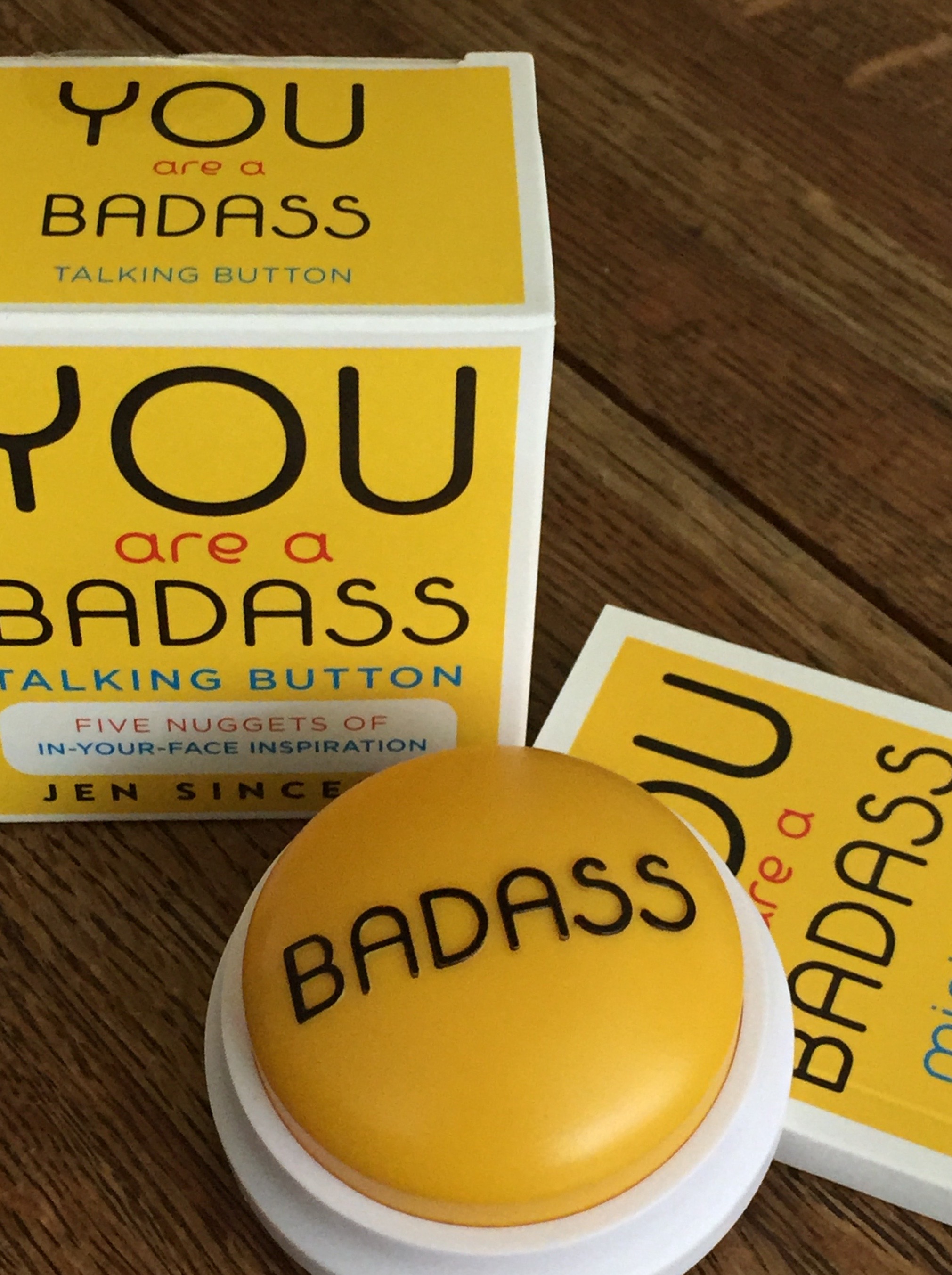Today marks two weeks at home and nearly three weeks since my surgerym feeling stronger every day, thanks to daily walks, physical therapy exercises for patients with a thoracotomy incision, and the unwavering love and support from my family and friends.
So much to tell, and nothing but time on my hands. My active mind moves way faster than my healing body, which must conserve energy. With apologies to the late Sue Grafton, an American author of detective novels best known for her “alphabet series” (A is for Alibi, etc.), I‘ve compiled a list of post-op ABCs. We will start with A through K, because I’m too tired to do all 26 letters right now. A is for … a.m., as in my morning routine for the next few weeks: Wake up, pee, get weighed, take temperature, check blood pressure, swallow seven pills, pee again, eat breakfast, poop (if you’re so lucky), shower and nap. Lather, rinse, repeat. Your afternoon awaits. B is for … Bolling, as in my heart surgeon: For his final sobering June 5 hospital bedside visit, Dr. Steven Bolling summed up what lay ahead in my immediate future: “We fixed your mitral valve. Now your heart muscle must get stronger. That’s up to you. Walk till it’s more than uncomfortable. And remember: No one has to be nice to you.” I want my mom. C is for … coffee, as in I now may prefer it black: That’s crazy talk! If it’s true that spending hours under general anesthesia affects your taste buds, then perhaps this java jolt is only temporary. Or maybe not, and I’ll save money on cream. D is for … Drew, my ICU nurse, who took care of me during the critical hours after surgery: According to unnamed sources, RN Drew firmly but gently woke me from my deep sleep after the three-hour operation. “Jen, Jen, open your eyes,” he ordered. Apparently, I complied, but each eye went in opposite directions. My middle sis, Sandy, found this completely “fascinating.” They say RN Drew also removed my breathing tube after just 48 minutes in recovery, some kind of Olympic ICU record. Bet he says that to all the girls. I remember none of this. Just as well. I am alive. E is for … Erik, another wonderful ICU nurse, who literally had my back during our daily hallway strolls, covering up my exposed tush with a smart hospital gown tied under my chin: “Is my butt showing?” I’d ask him on every walk, still hooked up to IV drips and monitors, astonished at how much baby steps hurt. “No worries,” RN Erik assured me. “You’re wearing your superhero cape, Jen.” Yes, I am. F is for … that first post-op sneeze. It was a Monday, June 11, nearly 9, during the “CBS This Morning” show. You never forget your first sneeze after open-heart surgery. It’s embedded in your soul. (Like when you were 6 and your juvenile delinquent cousin, wearing a monstrous Halloween mask, hid in your tiny bedroom closet, waiting for just the right moment to emerge and scare the living crap out of you.) Back to the sneeze. The slight nose tickle filtered through my nostrils into my sinuses, intensified and then stabbed the right side of my chest. Piercing background music from a Hitchcock movie played in my head. “Oh, sweet Jesus, no,” was all I could think before the inevitable, unstoppable “ACHOO!” burst out. My knees buckled, and I was sitting. Anybody got a Kleenex? G is for … give it up, as in losing control: One of the hardest things for me through my recuperation has been to relinquish control and let others help with my activities of daily living. The first week home from the hospital these included but were not limited to: going to the bathroom, showering and dressing. It’s not as demoralizing as it sounds. But needing help and asking for it is necessary. Pride be damned. Don’t make things harder than they already are. Because one day very soon you will find great joy in being able to pull up your pants. My advice? Add a little Marvin Gaye to your get-well playlist, sister. “Keep on dancin’ … Got to give it up.” H is for … home, as in there is no place like it: I arrived home Wednesday, June 6, at 11:25 a.m. It truly is where my heart is. I is for … INR, as in the international normalized ratio, a system for reporting results of blood coagulation tests: Huh? If you take a blood thinner (Warfarin/Coumadin) after your heart surgery, it’s especially important to have your INR checked regularly. A visiting nurse comes to my home twice a week to see how I’m progressing, takes my vitals and tests my INR with a simple finger prick. My INR is inching up toward where they want it to be so my blood is not too thin and not too thick. J is for … Jennifer, as in me, a lapsed Catholic who was offered Holy Communion in the hospital by a kind woman whom I had the nerve to ask this question: “Do you think God could possibly help with bowel movements? As in, you are not being discharged from this hospital until you poop, Ms. John. So, together this nice lady and I recited the Lord’s Prayer, and then added a post script to stir up my tardy innards. Prayers for Poop, we decided to call it. With a wink and a nod, she whispered, “The body of Christ” and handed me a nickel-sized host wafer. I must confess our combined spiritual efforts worked rather swiftly. Amen, sister. K is for … Vitamin K, as in an important nutrient found in green leafy vegetables such as kale, collard greens and spinach: All of these must be consumed in small doses when you are taking Warfarin/Coumadin, because Vitamin K reverses the therapeutic effects of the blood thinning drug. Hold those kale smoothies, Rebecca. More to come later. (Copyright 2018)



